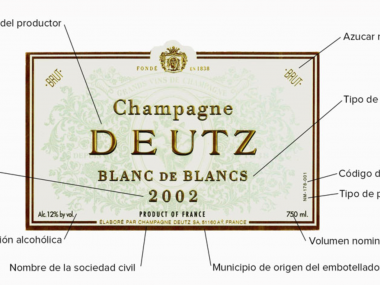White wine is a great favourite to drink in summer, thanks to its freshness and lightness. But how much do you know about this type of wine? Here we explain everything you need to know about white wine.
White wine is an alcoholic beverage resulting from the alcoholic fermentation of must from white and red varieties of the vitis vinifera genus.
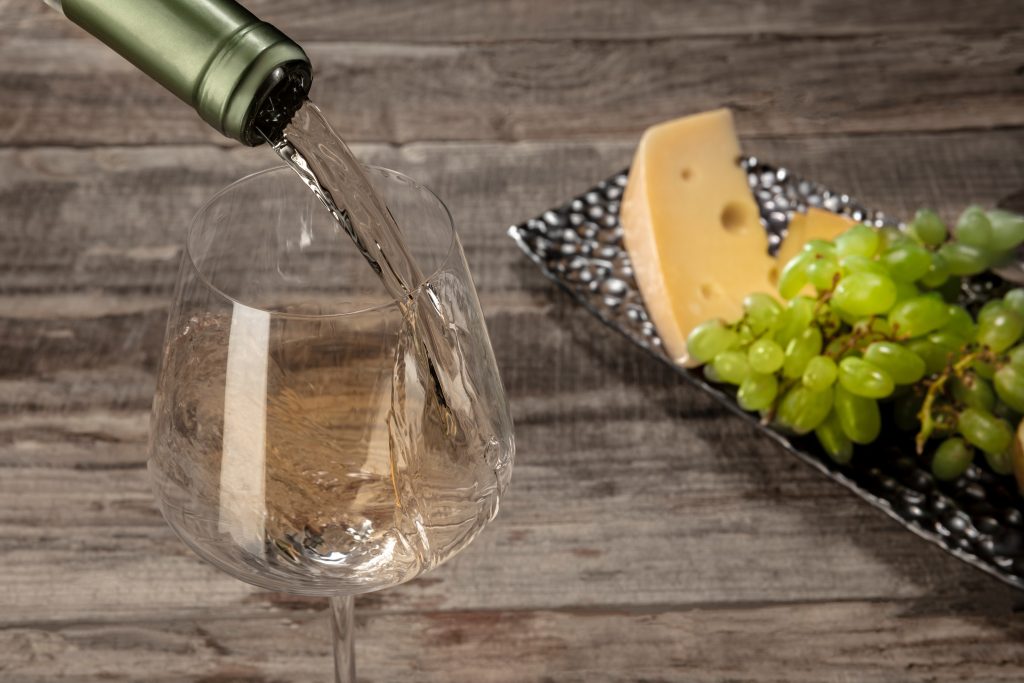
The most important white varieties on the world wine scene are: Chardonnay originating in the Burgundy region; Sauvignon Blanc native to the Loire and Bordeaux; Riesling is the star variety in Germany; Viura in La Rioja and Penedés; Grüner Veltliner in Austria; Gewürztraminer from which highly aromatic wines are obtained in the Alsace region; and Albariño in Rías Baixas, Galicia.
Examining the morphology of white grapes…
White grapes, unlike red grapes, have a greenish-yellow skin. This is why white varieties do not undergo veraison as reds do, when they change from green to bluish-red during the veraison period.
The skins of white grapes are rich in flavones, which are responsible for the aromatic fractions found in white wines, and tannins. Inside, the pips contain oily substances and tannins.
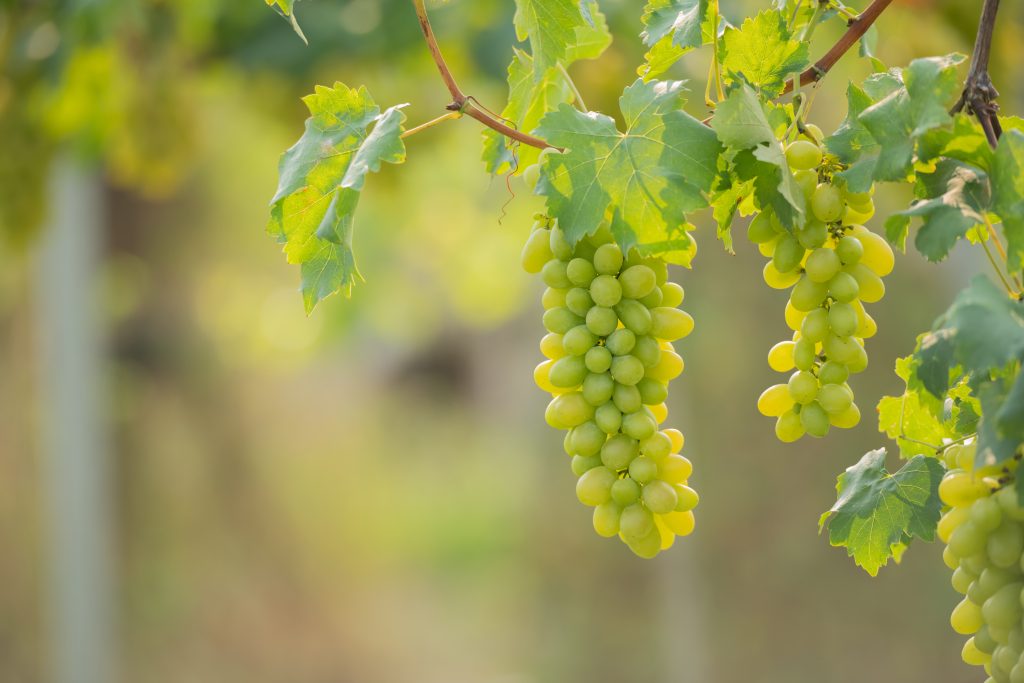
Finally, the pulp is rich in water, sugars and organic acids such as tartaric, malic and succinic. Thanks to the sugars found in the pulp, the must, with the action of saccharomyces yeasts, is transformed into white wine.
How are white wines traditionally made?
To make a white wine, everything starts in the vineyard with the grape harvest during the summer months from the beginning of August to the end of September, depending on the wine-growing region.
The northernmost areas (north) enjoy a cooler and more moderate climate, which affects the delay of the harvest period where the grapes ripen slowly. Once the grapes have reached the desired concentration of sugars and acidity, they are harvested by hand into crates and transported directly to the winery.
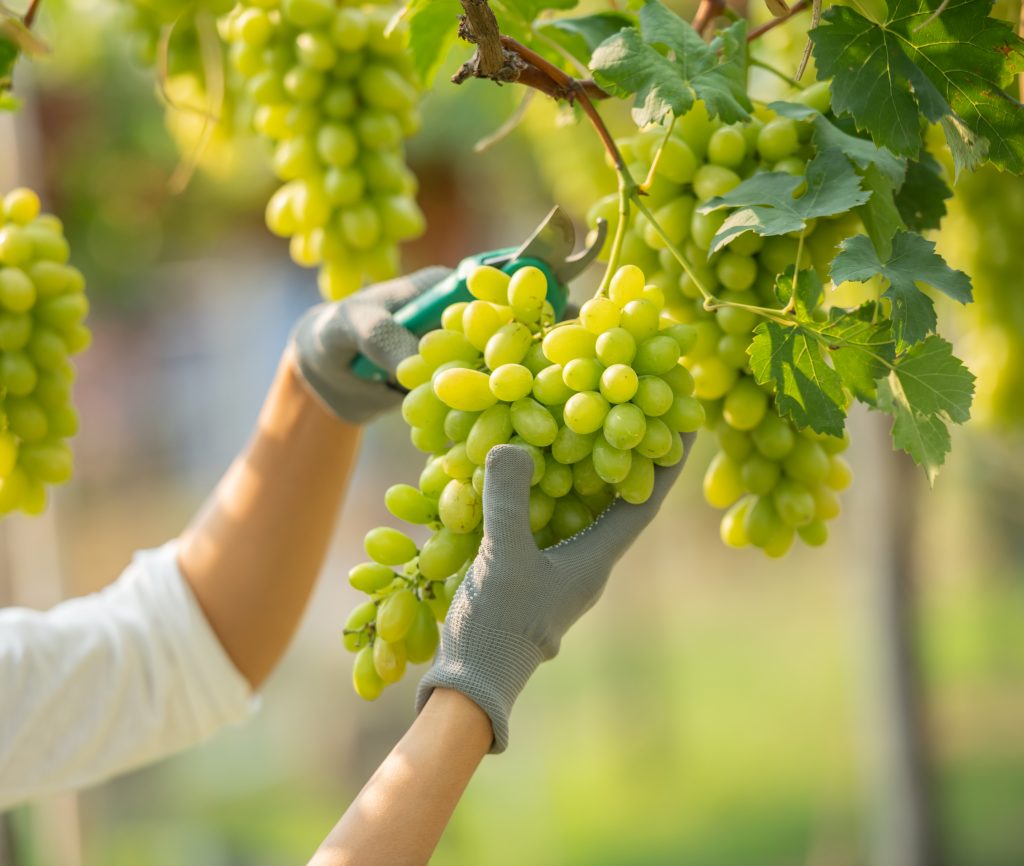
Once the grapes have been received at the winery, they are unloaded into the horizontal pneumatic press, either manually by emptying the boxes one by one or by conveyor belt. Generally, during this step, the whole grape harvest is introduced into the press without destemming, as during the pressing cycle, the stems help to prevent the grapes from compacting and thus ensure good drainage of the must.
Otherwise, the grapes can be destemmed, although this is not advisable. Pressing then begins, during which there are several cycles in which the pressure is progressively increased over time. The must released during pressing is pumped by means of a centrifugal piston pump into stainless steel tanks.
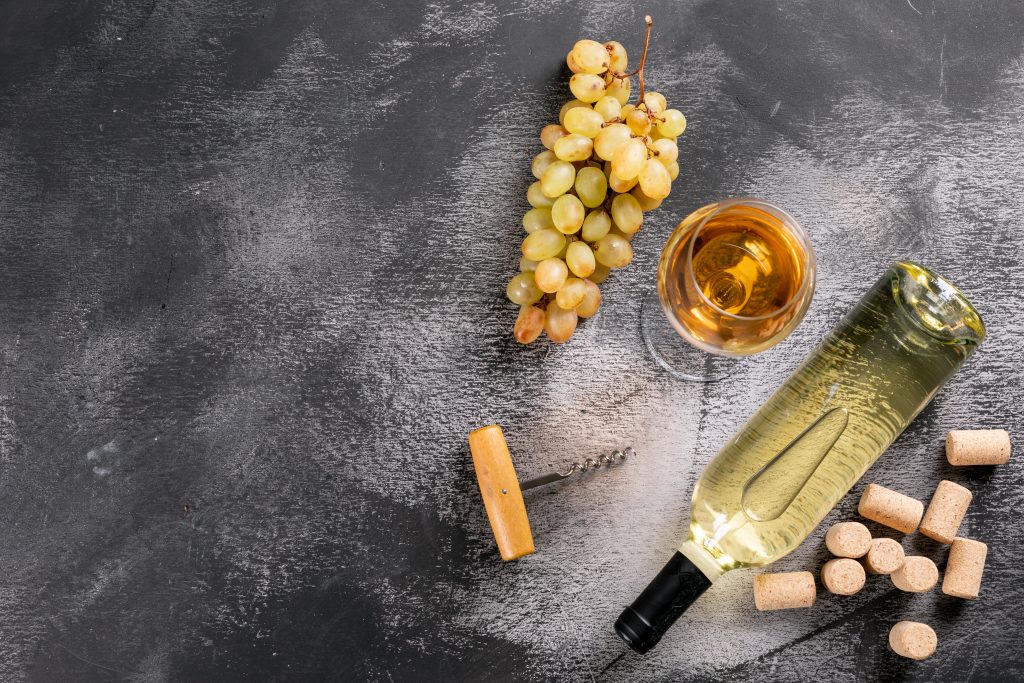
The first fractions of must are very rich in sugars and aromas, while the higher the pressure, the more generous the must is in tannins and green substances.
Next, static cold settling is carried out in stainless steel tanks. Cold is applied and clarifying agents such as bentonite, casein or fish gelatine are usually added to help separate the sludge from the must (suspended solids) by sedimentation.
The settling usually lasts 24 hours and a temperature below 10ºC is required. After this time, the must is transferred to fermentation tanks, taking care to pump only the clear part of the tank free of sediment.
The alcoholic fermentation starts with the sowing of saccharomyces cerevisiae yeasts, transforming the must into white wine and as a by-product the yeasts release carbon dioxide (CO2).
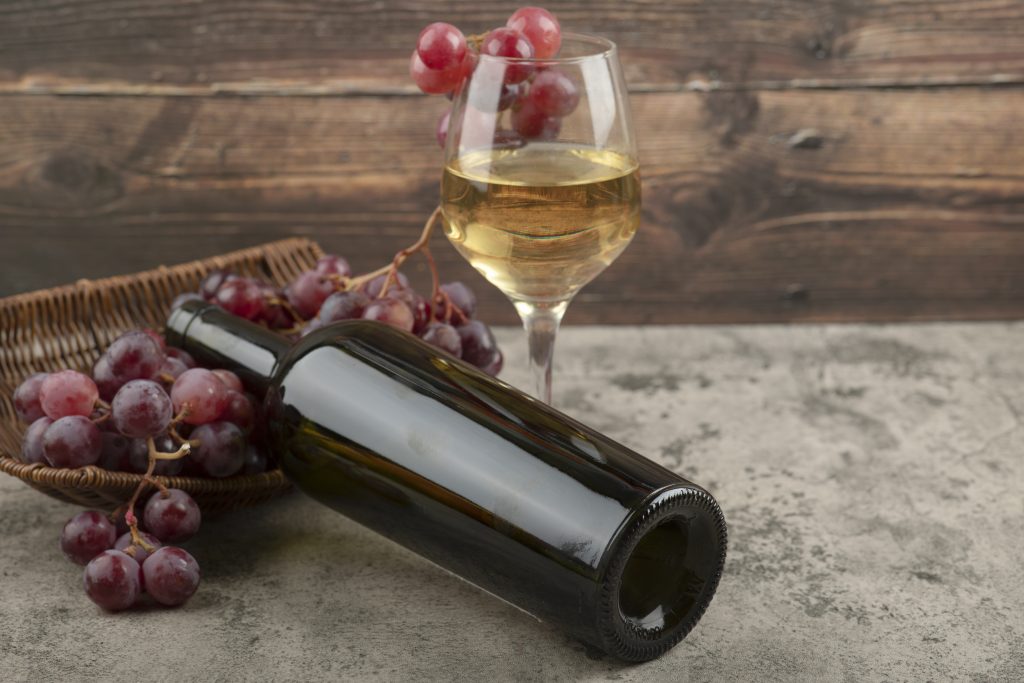
The fermentation process requires a temperature of around 17ºC. During this process, the yeasts transform the sugars into alcohol.
Sometimes, in the middle of fermentation, a racking to a new tank is recommended in order to aerate the must-wine and revive the fermentation kinetics, as the release of carbon dioxide generated by the yeasts themselves generates an anaerobic environment that is unsuitable for proper fermentation.
Once the alcoholic fermentation is finished, the white wine is transferred to another tank, bypassing the lower parts of the tank where the fermentation lees are located, which are discarded during the vinification process.
From then on, malolactic fermentation is possible, although it only happens rarely for those wines with excessive acidity typical of very cold regions and varieties with an excess of malic acid, such as the base white wines of Champagne.

If this process is omitted, the white wine enters a period of rest and stabilisation for the next 3-6 months.
It is during this period that the winemaker has the option of producing a young white wine or an aged white wine if he decides to age the white wine in oak barrels or large wooden vats.
Before bottling, the white wine is tartarically stabilised by the action of cold. The wine is brought to temperatures ranging between 2 and 5ºC, which causes the crystallisation of the tartaric acid into salts of potassium bitartrate.
This process is recommended if the dispersion of salts in the form of floccules is to be avoided when the wine is cooled once it has been marketed.
The wine is then filtered through a porous surface using a plate filter or diatomaceous earth in order to retain suspended substances in the white wine, such as bacteria and yeasts, among others, and thus obtain a more biologically stable white wine.
Finally, the white wine is ready for bottling and marketing.


